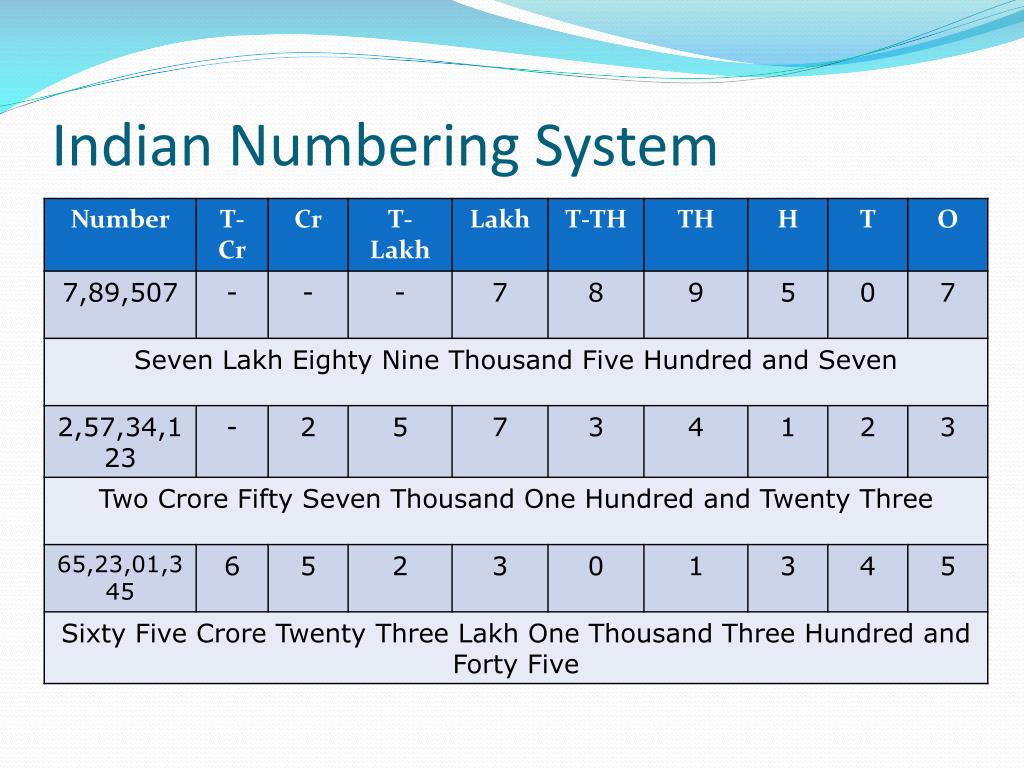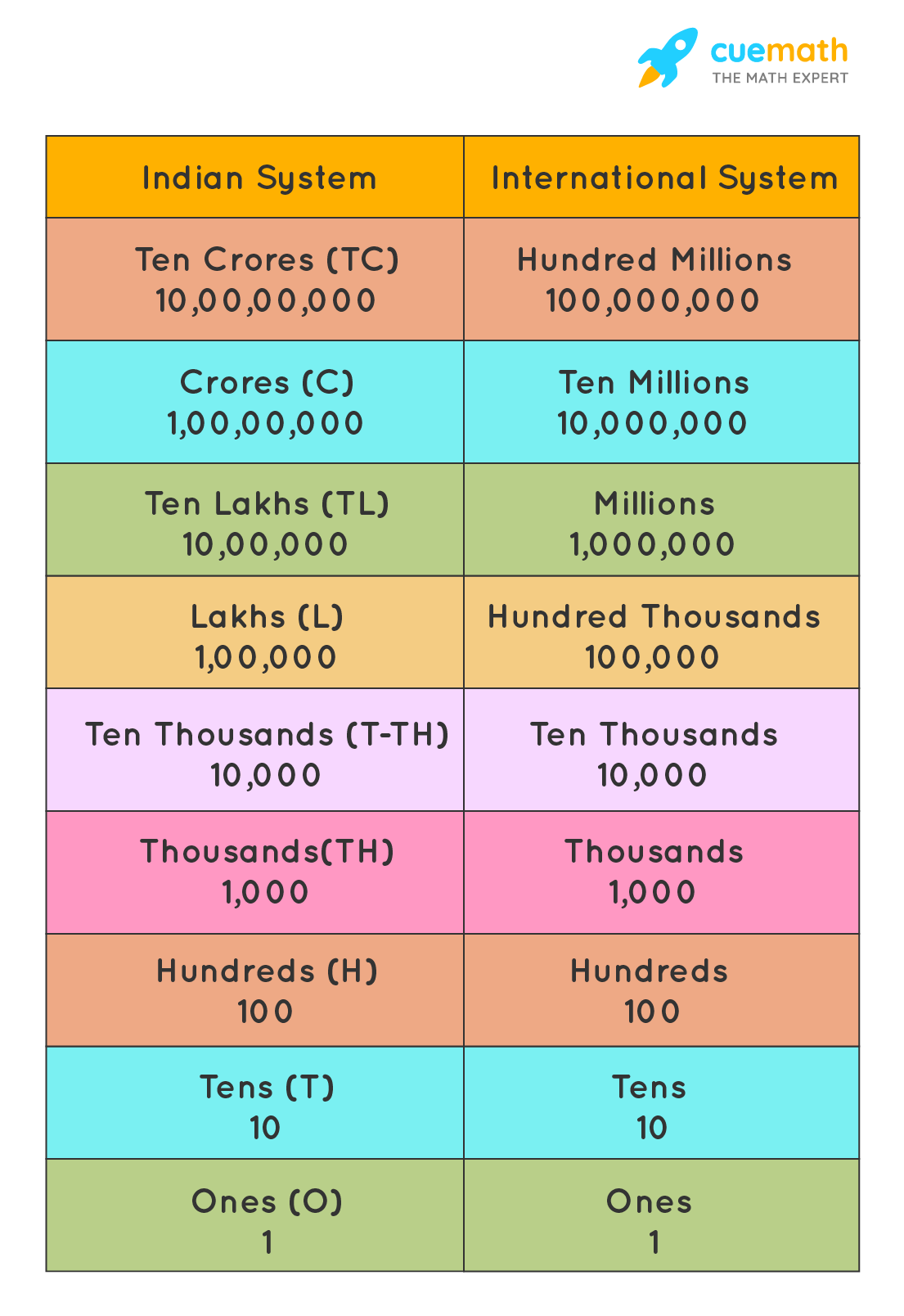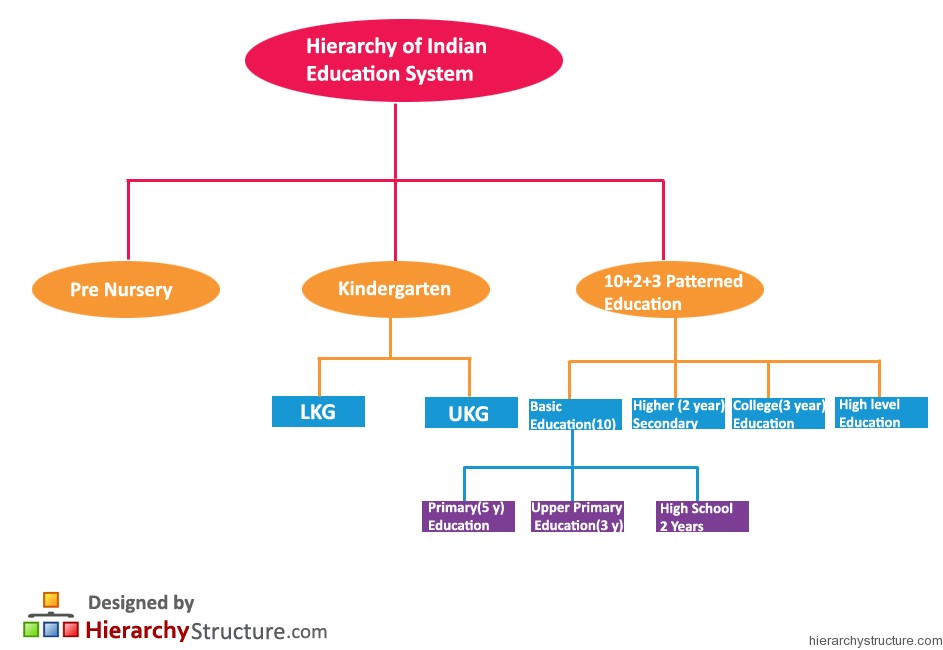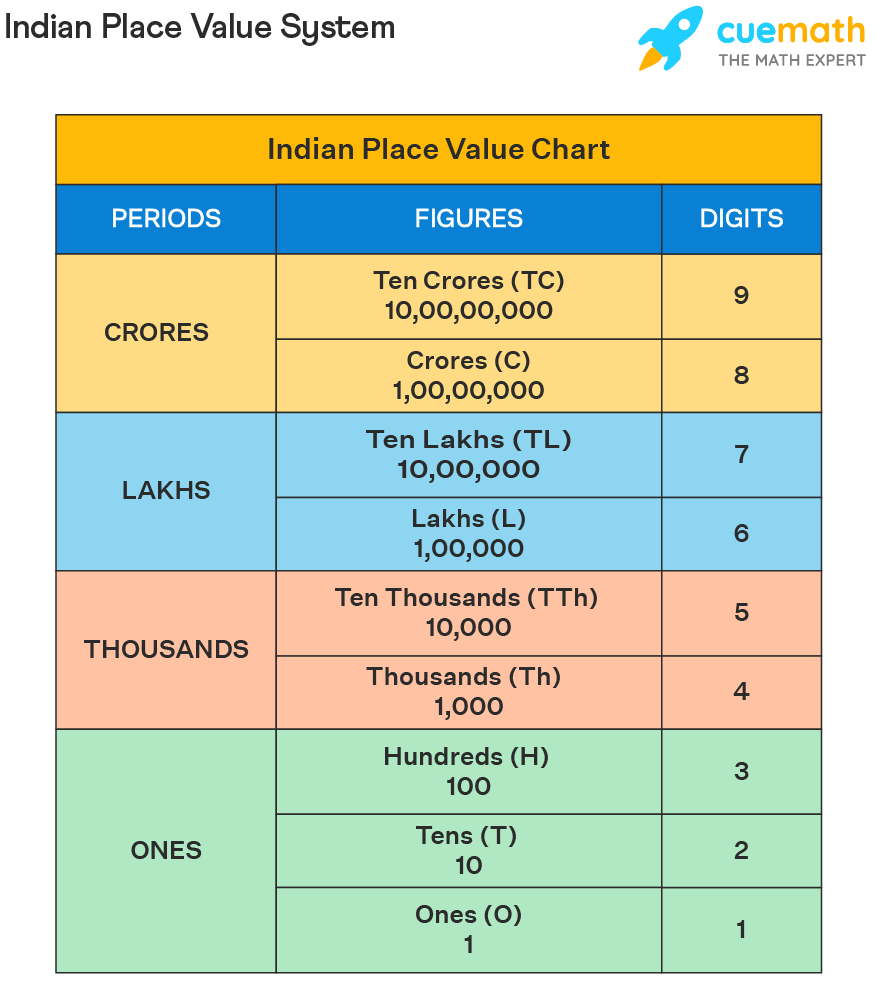
PPT Knowing Y our Numbers PowerPoint Presentation, free download ID2720612
The caste system in India is the paradigmatic ethnographic instance of social classification based on castes. It has its origins in ancient India, and was transformed by various ruling elites in medieval, early-modern, and modern India, especially in the aftermath of the collapse of the Mughal Empire and the establishment of the British Raj.

Indian place value chart YouTube
India's caste system classifies Hindus into four varnas (classes) based on their occupation: A Brahmin is a member of the highest caste or varna and is an incarnation of knowledge. The Kshatriyas are the second-highest of the four varnas representing warriors and aristocracy. Vaishyas (business people) are the third class of the caste system.

++ 50 ++ 100 to 150 numbers in words 226940What number is 150 of 100 Mbaheblogjp6pir
Most Indians say they belong to a lower caste category — specifically, Scheduled Caste (SC), Scheduled Tribe (ST) or Other Backward Class (OBC), according to the Center's new survey, which was fielded in 17 languages among nearly 30,000 Indian adults between Nov. 17, 2019, and March 23, 2020.

Indian Numeral System Indian Number System Definition and Examples
The Evolution of a System. Our own number system, composed of the ten symbols {0,1,2,3,4,5,6,7,8,9} is called the Hindu-Arabic system. This is a base-ten (decimal) system since place values increase by powers of ten. Furthermore, this system is positional, which means that the position of a symbol has bearing on the value of that symbol within.

Numbers Upto 7Digits Indian & International System 7 digit numbers
The chart also shows the place values of 7-digit numbers in both the systems, the Indian place value system and the International place value system. Place Values in 7-Digit Numbers According to the Indian numeral system, the place values of 7-digit numbers, starting from the right side, are read as, ones, tens, hundreds, thousands, ten.

How many period according to indian and international place value system Brainly.in
The units tens hundreds of thousands chart in India has been given below: Usage of Commas In the Indian Numeral System, we use commas to separate the numbers after every period of numbers. We use commas to divide the numbers to read or understand the numbers easily.

Hierarchy of Indian Education System
Indian and International System of Numeration Indian Number System Last updated at May 29, 2023 by Teachoo Let's look at some number according to Indian System of Numeration, Tired of ads? Get Ad-free version of Teachoo for ₹ 999 ₹499 per month Lakh has 5 zeroes. Crore has 7 zeroes. Tired of ads?

Indian System of Numeration / Indian Numbering system YouTube
Indian Place value chart. 2. International system of numerationLet us consider an example: In the Indian system of numeration, 92357385 =9,23,57,385 Similarly, 2930625 in the Indian system of numeration will be written as 29,30,625.

Numbers Up To 8 Digits Solved Examples Numbers Cuemath
The Indian place value chart is a table that is used to find the value of each digit in a number based on its position, as per the Indian numeral system. In mathematics, numbers are used for counting, measurements, and comparisons. Every digit in a number has its own value depending on its position in the place value chart.

Indian Place Value System
Solution: The following figure shows how to write the number name for 38,47,56,182, with the help of the Indian place value chart. We read the number according to the place values of all the digits given here. According to the Indian numeral system, 384756182 is written as 38,47,56,182 after placing the commas.

Indian system of numeration Everyday math, Math tutorials, Basic math
The Indian Place Value Chart, to put it another way, is used to read and write numbers in the Indian numerical system. What is the Indian Place Value Chart? According to the Indian numeric system, it is assigned a number based on its location. The Indian place value chart is a table that shows how much each digit in a number is worth.

Indian Numeral System Indian Number System Definition and Examples
The main difference between the Indian number system and the international number system is that in the Indian Number System, starting from the right, only the first period has 3 digits and all other periods have 2 digits each. However, in the International number system, all the periods contain 3 digits each. Both the numeral systems have the same name and writing style till the first 5 digits.
Get Information Political Hierarchy in India
Coming back to the Indian numeral system, the place values of digits go in the sequence of Ones, Tens, Hundreds, Thousands, Ten Thousand, Lakhs, Ten Lakhs, Crores and so on. In the number 10,23,45,678 the place values of each digit are: 8 - Ones 7 - Tens 6 - Hundreds

The Constitution of India Preamble, Parts, Schedules, Appendices, Amendments Nagaland GK
In this article, we will learn about the two most important numeral systems: Indian and International, their place value, placement of zeros, the difference between Indian and International number system, and examples of writing number names with solved examples and FAQs. What are Numerals?

Indian Numeral System Indian Number System Definition and Examples
Indian Number System is a mathematical notation for expressing numbers, symbols, and digits or place values. In Arabic Number System or Hindu Number System ten symbols 0, 1, 2, 3, 4, 5, 6, 7, 8, 9 are used to write the numbers called digits.

Indian system YouTube
The Indian place value chart follows the 3:2:2 system of placing commas. In other words, the first comma is placed after three digits from the right after the hundreds place value, and the next commas are placed after every two digits. For example, the number 3245743 is written as 32,45,743 in the Indian place value system.